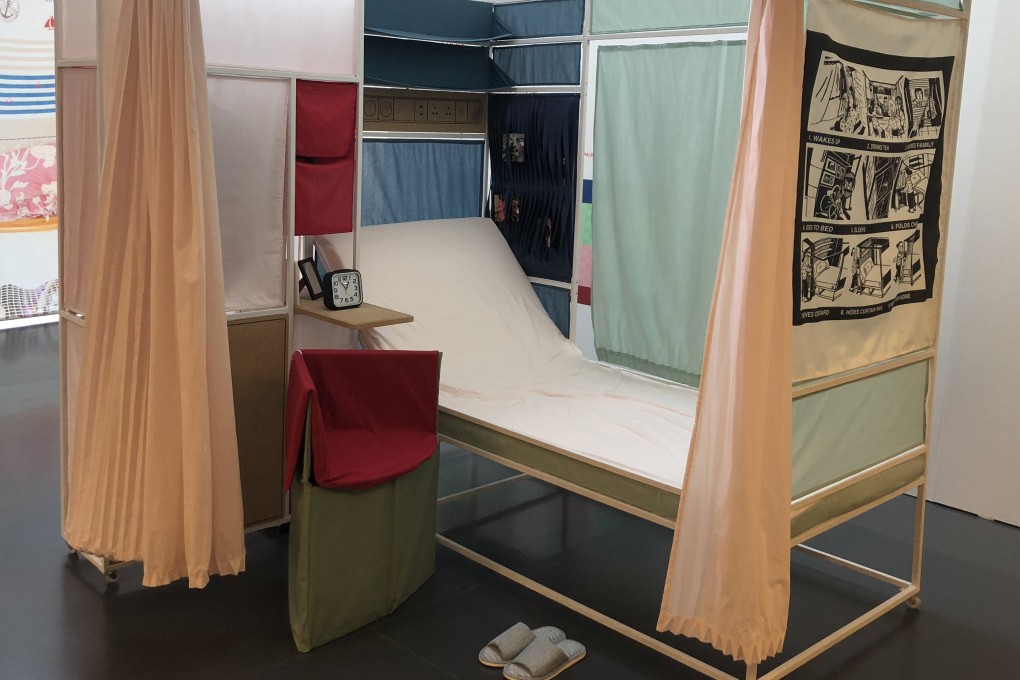Can design make the world better? Yes – think sculptures that double as safety features and DIY tools the elderly can operate
- Jeremy Myerson explains why older travellers go to airport toilets frequently – being small and ceramic-tiled, these areas make announcements easy to hear
- Inclusion used to be narrowly defined. In a book, Myerson shows how design can address the needs of many more, such as the left-handed, pregnant, colour-blind

If you’re looking for an example of inclusive design, the very text of Jeremy Myerson’s new book is a good place to start. Designing a World for Everyone: 30 Years of Inclusive Design is packed with richly illustrated examples of architecture, products and systems that were conceived to work for as many people as possible, regardless of age or ability.
It’s written in a lively and familiar way, no doubt informed by Myerson’s previous career as a journalist.
“People won’t read an academic text, but they will leaf through a book of case studies with a lot of pictures,” he says. “I guess you could say the book was based on inclusive design principles.”

Eight years later, he became the founding director of the Helen Hamlyn Centre for Design. At the time, it was unprecedented, its focus on making things for people who had long been overlooked by designers.